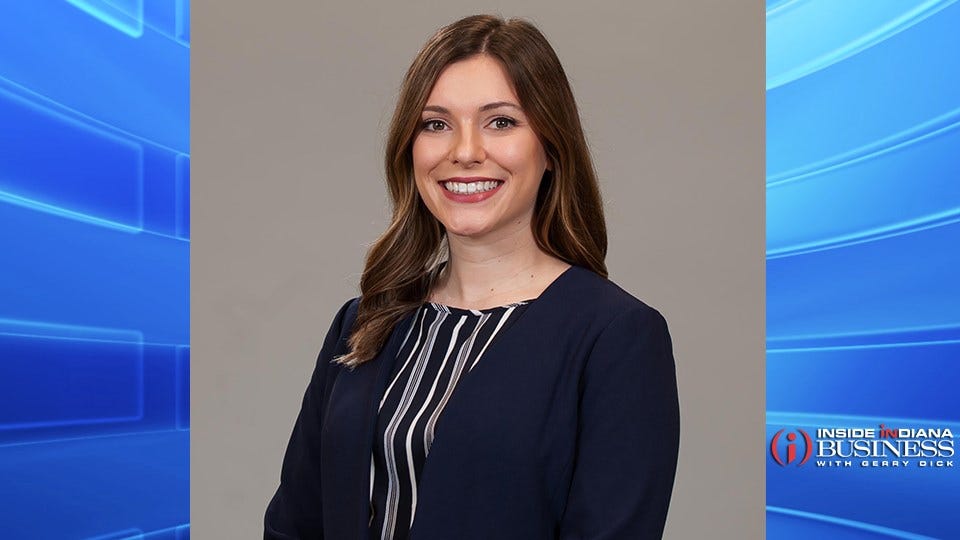The Road Less Traveled: Economic Injury Disaster Loans

Subscriber Benefit
As a subscriber you can listen to articles at work, in the car, or while you work out. Subscribe NowThe original CARES Act dedicated $376 billion to America’s 30 million small businesses. The majority went to the newly-created Paycheck Protection Program; however, $10 billion flowed to the SBA’s existing disaster loan program, the Economic Injury Disaster Loans. Funding ran out within two weeks. However, on April 24th President Trump signed a bill that allocated an additional $60 billion to the Economic Injury Disaster Loan program.
History of Disaster Loans
The SBA was offering disaster loans long before COVID-19 struck the US. The disaster loan program consists of two types of aid:
- Property Damage Loans:These help homeowners pay for repairs caused by natural disasters
- Economic Injury Loans:Used to help small business owners cover operating costs during an economic disaster
The first pre-requisite to applying for an Economic Injury Disaster Loans (EIDL) is that the applicant must be located in a region impacted by a declared disaster. Right now, all 50 states qualify. Applicants must also fall under a wide range of allowable businesses, including small businesses with less than 500 employees, sole proprietors, independent contractors, and private non-profits.
Eligible applicants must apply directly through the Small Business Administration. EIDLs cannot exceed $2 million per borrower. Also, they must be used to pay for a company’s operating expenses, such as fixed debts, payroll, accounts payable, and other obligations that the business struggles to pay due to the disaster-related loss in revenue.
What’s New?
Advance Grants. The CARES Act added an important new feature to EIDLs. Now, regardless of loan approval, applicants can request an advance up to $10,000, which will be completely forgiven. The SBA issued guidance stating that advances are based on the number of employees, allocating $1,000 per employee at a maximum of 10 employees. EIDL advances are supposed to arrive within three days after a successful application is received, although recipients experienced longer wait times.
Better Terms. Currently, the SBA is offering favorable terms to applicants approved for the loan portion. Small businesses can borrow at a rate of 3.75% and non-profits at 2.75%. Both borrowers are subject to a repayment period of up to 30 years. Ultimately, the length of a loan is determined by the borrower’s estimated ability to repay. All loans have a one-year deferral option in which interest accrues throughout deferment.
Lower Lending Standards. The Small Business Administration has lowered its normal standards for processing loans. For example, loans under $200,000 don’t require a personal guarantee. This means the borrower’s assets are protected in the event of default. Additionally, loans under $25,000 do not require collateral. Perhaps the greatest change is that the approval process has been reduced to a matter of the applicant’s credit score.
PPP vs. EIDL
Eligible borrowers should be investigating both Economic Injury Disaster Loans and the Paycheck Protection Program. Small businesses are allowed to apply and receive funding from both programs, assuming they meet the criteria. However, there is no double-dipping. Money received from one program can’t be used to cover the same expense as the other.
There are several important considerations to keep in mind when accepting funding from both sources. PPP loans are forgiven if at least 75% of proceeds are used to cover payroll expenses. However, PPP forgiveness is reduced by the amount of EIDL grant received. The Paycheck Protection Program is largely viewed as “free money,” but that is not the case with EIDLs, which carry higher interest rates and potentially longer lifespans than relief provided through the PPP.
Conclusion
If your small business is in need, don’t count out Economic Injury Disaster Loans as a viable option. In the original funding period, Indiana businesses received $121 million in grants and loans. While the loan amount forgiven is significantly less than what’s available through the Paycheck Protection Program, EIDLs can offer the financial light at the end of the tunnel.
Kate Arndt, is a Financial Planner with Bedel Financial Consulting, Inc., a wealth management firm located in Indianapolis. For more information, visit their website or email Kate.
